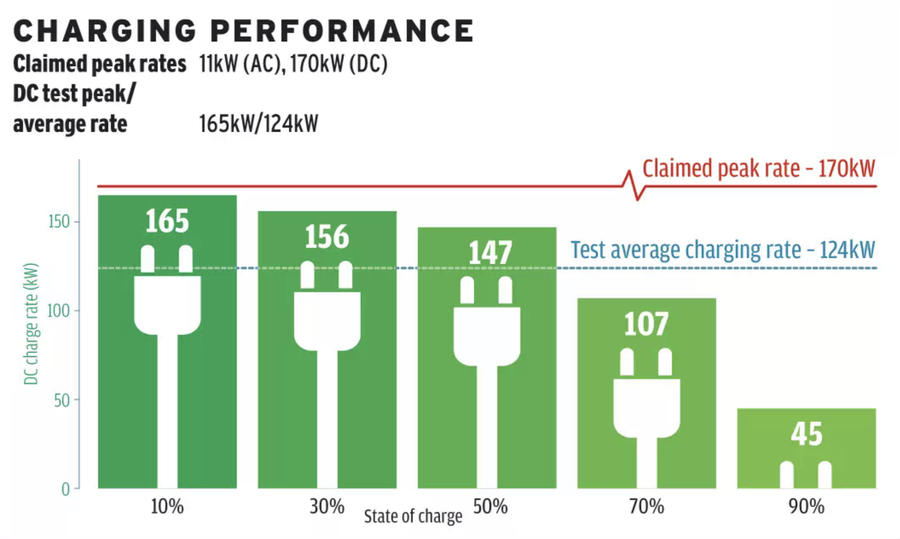The EQE’s hidden, motorised door handles usually present themselves automatically as you approach – usually, but not quite always. When they don’t, the necessary fiddling around with the handle’s keyless unlocking sensor, or with the key in the bottom of your pocket, can be a frustration. The action of the release mechanism can be likewise. It typically releases the door via a touch-sensitive microswitch but doesn’t always seem to anticipate when it will be needed, and needs a stubborn yank when it hasn’t.
Thus the tone is set for an interior packed so fulsomely – gratuitously, even – with digital technology as to show the world that Mercedes isn’t content in any way to play second fiddle to the new car-making powers of Silicon Valley, California, whether that technology is adding value or just there for its own sake.
The EQE gets the same 12.8in portrait-oriented MBUX touchscreen infotainment system as the current Mercedes S-Class and EQS, as well as a 12.3in digital instrument screen and, in our test car’s case, a large head-up display. Range-topping EQE 53s can also be equipped with the firm’s full-width Hyperscreen touchscreen console.
Around and about all this are multi-coloured ambient lighting strips, which can pulse like the warp nacelles of the Starship Enterprise as you accelerate and brake – assuming you configure them just so. If your idea of avant-garde motoring is bathing in the neon glow of about as much digital tech as a driver could physically be surrounded with, you may love how indulgent and naive it all is.
Or perhaps you might not. All this tech certainly seems to have come at the expense of at least some of the material quality that Mercedes has used to traditionally distinguish its cars. The EQE’s fixtures and fittings feel a little plasticky and cheap in places, even if in others its standard on material fit and finish is higher.
The car’s many digital consoles and ambient lighting features do lend a bright sheen of sophistication, but compared with the deep-lying material quality of big Benzes of old, it’s a notably superficial effect.
Mercedes claims that the EQE is more spacious than an E-Class for overall shoulder room and for cabin length. It certainly isn’t for second-row head room, our tape measure showing just 880mm compared with 900mm for the current E-Class.
So this car isn’t ideal for transporting taller adult passengers and, although leg room in both rows is generous enough, nor does it feel quite like the oasis of comfort you may hope for. Mercedes has opted for a high centre console, and quite a large-volume dashboard that seems to eat into front-row space.
Cabin storage space is available widely: in good-sized door cubbies, within that high-rise transmission tunnel, and underneath it. But the open and accessible feel of the interiors of some purpose-built EVs is notable by its absence.
Infotainment

Mercedes’ top-level Hyperscreen is a £6995 option on range-topping versions of the EQE but wasn’t on our test car. A 12.8in infotainment screen is standard, as well as digital instruments, with a head-up display coming on Premium Plus cars.
The system responds well to most voice commands. That it’s also navigable via the touch-sensitive pads of the left-hand steering wheel spoke helps to keep your eyes on the road.
Some of the display’s real estate is given over permanently to ventilation controls that might as well be physical, which seems odd. Integrated at quite a steeply raked angle, the screen is also given to reflecting low-level sunlight more than it should and it shows grubby marks easily. Overall, though, touchscreen usability is good.
The navigation system offers augmented reality guidance but, being displayed so low on the fascia, it’s more of a distraction than a help. VW’s head-up display alternative works better, for instance. When plotting longer routes, the navigation system gives preference to charging stations you’ve added to the database yourself, which is smart.






























































